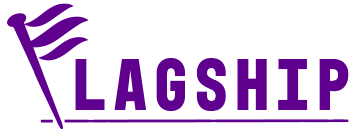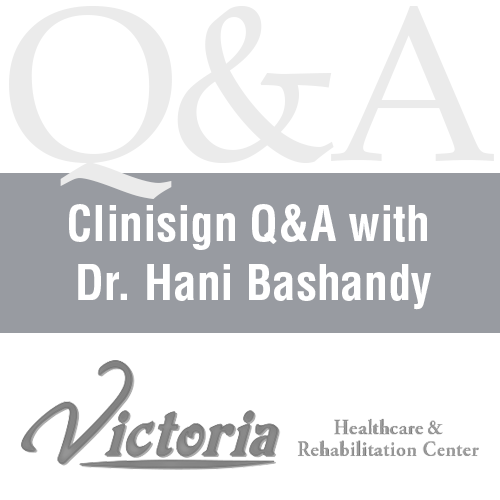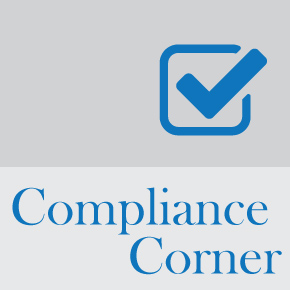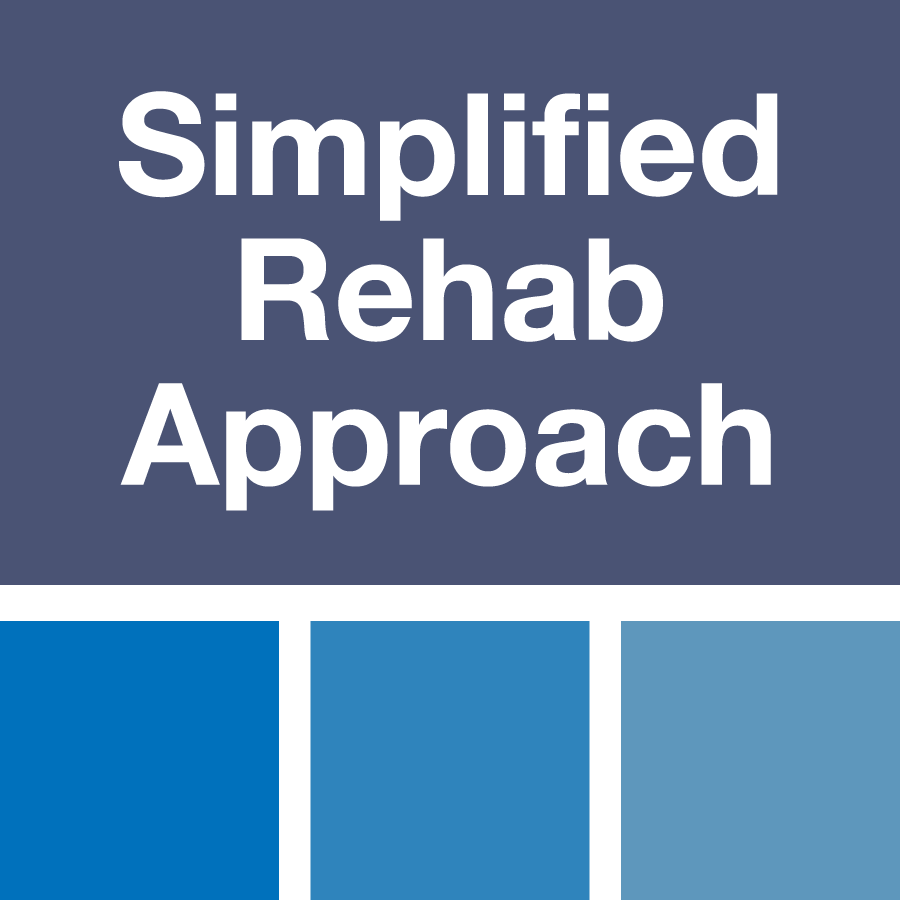Every 42 seconds, a person suffers a heart attack. Despite the fact heart disease remains the leading cause of death in both men and women in this country, the incidence of death because of heart disease is declining. And if you are one of the more than 30 percent who survived a heart attack last year, consider yourself lucky. Your second chance at life is about to get better, and the staff at Monte Vista Hills Health Care Center is here to help.
“I’ve seen this Heart PARC (cardiac post-acute rehab care) program help numerous lives for the better,” said Clayton South, executive director for Monte Vista Hills. “It has provided excellent outcomes throughout the industry, and I’m excited about its implementation here at Monte Vista.”
The concept of providing rehabilitation therapy is not new, but to offer services that cater specifically to cardiac care is a tremendous resource for patients and their families who are facing a permanent life-changing event. Here are four reasons why this cardiac program makes my heart skip a beat.
1. The staff provides focused care.
While other rehab therapy centers address a variety of conditions, this program focuses on the heart and all of the factors associated with recovery and education. Many patients are not yet ready to return home after cardiac surgery or a cardiac episode. This program bridges the gap that ensures patients are physically and emotionally prepared to return home safely.
“This isn’t just therapy. Instead, this is an interdisciplinary program,” said Dr. Jared Lundquist, director of rehabilitation for Monte Vista Hills. “It’s not just about the therapy but the skilled nursing and everyone else involved in this program.”
This multi-disciplinary approach focuses on the specific needs and concerns often shared by cardiac patients.
“Our team works together to progress each patient through five care levels and prepare them to succeed at home,” Lundquist said.
2.The staff communicates with the hospital.
The highly skilled, board-certified cardiac specialists review each patient’s medical history and regularly collaborate with the cardiologist to design a personalized care plan that matches the patient’s level of needed care, diet, risk levels, and ability to function.
“Each care plan is specific to the patient,” South said.
And the cardiologist is kept informed and conferred with during each phase of recovery.
3. The staff builds a relationship with each patient.
The one-on-one care each patient receives creates a unique and helpful relationship; the weekly interaction with patients means staff can perform ongoing assessments and evaluate the patient’s progress, subtle changes in symptoms, and projected responses to recent procedures, diet, medications, exercise levels, among other things. Should symptoms worsen, the staff can perform acute therapies to improve the patient’s condition.
4.The staff is prepared should immediate care be required.
The PARC environment is designed to focus on progress and recovery. During treatment, patients are assisted by a staff possessing acute knowledge in overall heart function, abilities, diseases and behaviors. This staff also knows the history and past procedures of each patient and directs a patient’s treatment plan to prepare them for existing challenges at home. But should a setback occur and emergency care is needed, it is good to know patients are surrounded by a qualified staff that can perform life-saving care until the patient can be admitted to the hospital. This reduces the chance of irreversible damage and increases a patient’s prognosis for a full recovery.
“The comfort and safety our patients feel while in this care makes a huge difference in the overall recovery process,” South said.
By being able to provide focused care, collaborate with team members and specialists, build a supportive relationship with patients and be prepared for whatever need should arise, the Monte Vista Hills is proud to offer this high-level cardiac care to the community.
Submitted by Monte Vista Hills Health Care Center, Pocatello, ID











 We are well into year three of our Corporate Integrity Agreement (CIA)! Many of you have already had an onsite Medicare Systems Compliance Audit (MSCA) conducted by one of our compliance partners for Medicare Part A services provided to residents in our facilities. We have seen many examples of excellent therapy documentation supporting the vital therapy services that help our patients improve their quality of life and in many cases return home or to a lesser level of care.
We are well into year three of our Corporate Integrity Agreement (CIA)! Many of you have already had an onsite Medicare Systems Compliance Audit (MSCA) conducted by one of our compliance partners for Medicare Part A services provided to residents in our facilities. We have seen many examples of excellent therapy documentation supporting the vital therapy services that help our patients improve their quality of life and in many cases return home or to a lesser level of care.

